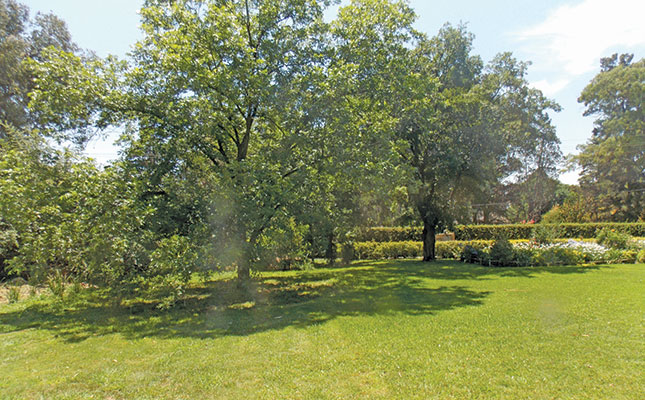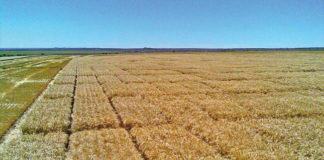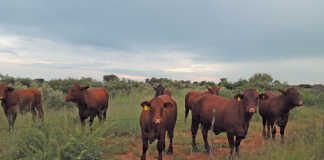
Photo: Bill Kerr
Few people consider planting a pecan nut tree in their garden, as it takes a number of years to become productive.
Yet this is a crop that’s well worth waiting for. And, of course, once the tree starts fruiting, you’ll enjoy the pecans for years to come.
Many home owners plant shade trees such as white stinkwoods, oaks and planes in their gardens. I also have some of these at home, and regret having planted them all those years ago. When I compare my pecan trees with the ornamental stinkwoods and pin oaks, I can see no difference in the aesthetics that they contribute to the garden.
READ Latest research: Macadamias need less water than you think!
The real difference comes in autumn when the pecans drop an enormous quantity of nuts with the leaves.
Last year, my four half-grown trees produced enough nuts for my own consumption as well as a surplus, which I sold for R8 000.
Adaptable
Pecans are highly adaptable and can perform well in both subtropical and cold climates, such as on the Highveld. The tree has a particularly deep root system, which makes it fairly drought- resistant once well established.
Pecans prefer loamy soils, but are not confined to them. They perform better when the soil under the tree is kept clean of growth, which competes with the tree for nutrition.
Pecans are also an ideal crop for plot owners with full-time jobs and little inclination to grow crops that require constant attention or require much water. The value of the property increases with the size of the trees, and after five years or so, the nuts start coming in for a tidy income for very little effort.
Varieties
A number of pecan varieties are available to choose from. Avoid planting a seedling; rather plant a grafted, named variety. If you live in a humid climate, get advice from the supplier on the best variety for your area. For example, scab-resistant varieties are available for regions where the disease is prevalent.
READ Pecan nuts: how to plan an orchard and prepare the soil
My favourite is Choctaw. This produces a fairly large nut with a thin, easy-to-crack shell. I’m able to crack these by holding the nut in my hand and pushing down with my thumb knuckle.
Mohawk is another good thin-shell variety. Barton, which is widely available, is a good yielder with a medium-size nut, but does not have a high nut-to-shell ratio.
Ukulinga, which is bred in Kwazulu-Natal, is productive, but makes a smaller, fairly hard-shelled nut, with the nuts filling out rather late in the season. In a cold area, an early frost can halt development before the nut has formed fully.
Plan to plant in July. Buy plants growing in containers from a nursery or plant bare root (the sapling was removed from the soil while in a dormant state). In this case, the roots are wrapped in moist sawdust. Suppliers can be found on the Internet, but it is advisable to order well in advance.











